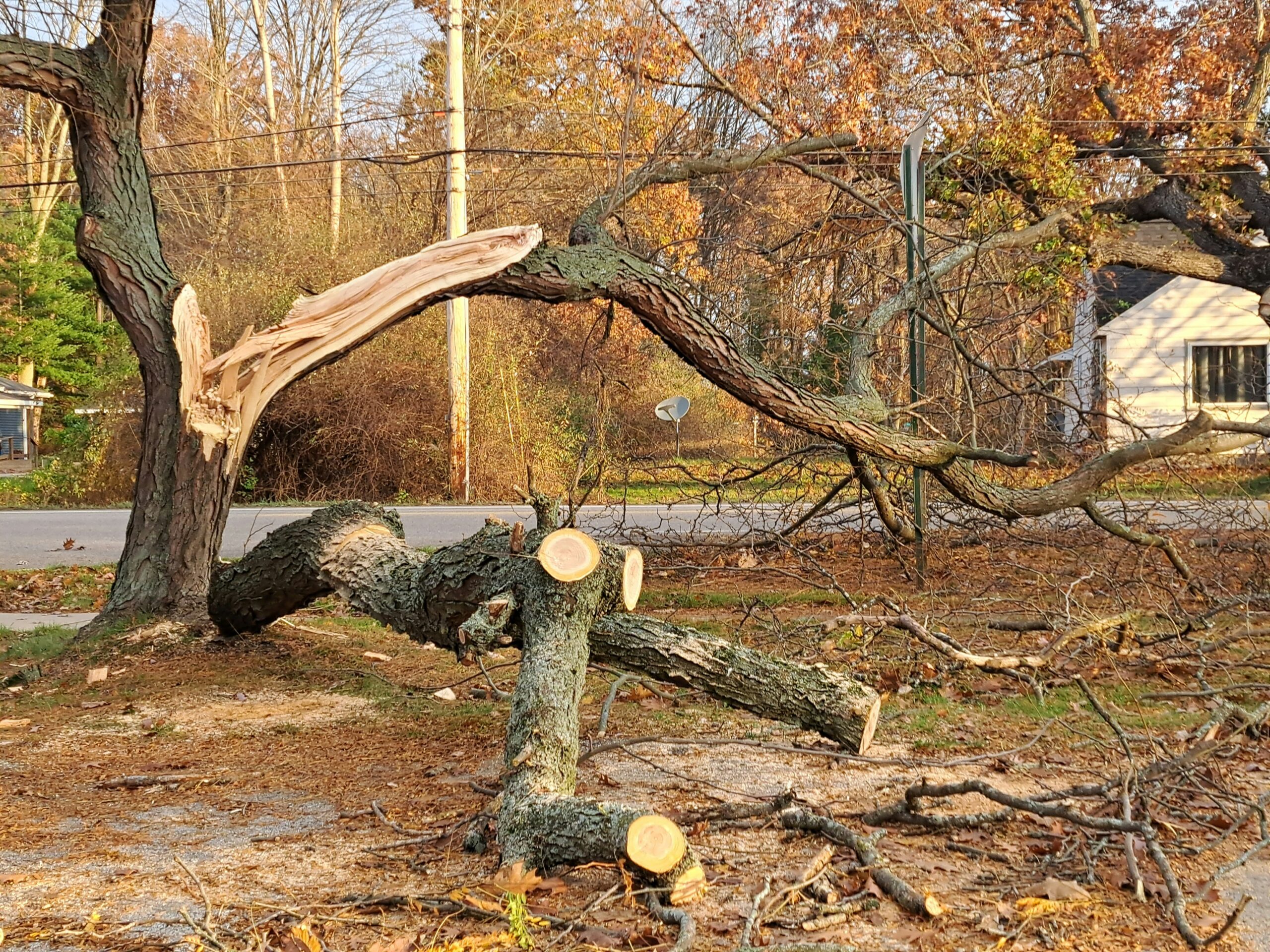When fire, flooding, or a break-in wipes out your stuff, the IRS may let you write off some of the loss.
The IRS defines a casualty loss as property that is damaged or destroyed due to a “sudden, unexpected, or unusual event” (e.g. flood, hurricane, tornado, fire, earthquake, etc.), and doesn’t include normal wear & tear.
The IRS defines a theft loss as, “taking and removing of money or property with the intent to deprive the owner.” It must be illegal under state law.
️ How the deduction works:
1. Federally declared disaster – Losses from casualties or thefts are deductible only when attributable to a federally declared disaster
2. Measure the loss – Figure out the smaller of a) your original cost, or b) the fair-market value
3. Subtract insurance & reimbursements – Claim only what your insurance carrier or FEMA didn’t cover.
4. Reduce – Two reductions, a) The First $100 of each event is ignored; b) Your net loss must exceed 10 % of AGI
5. File form 4684 – If you have more then one event, use multiple forms
6. Itemize (Schedule A) – You’ll need to itemize on Schedule A to take the loss
Casualties & thefts can be a major setback, but if you know how to deduct them, you can recoup part of your loss.





